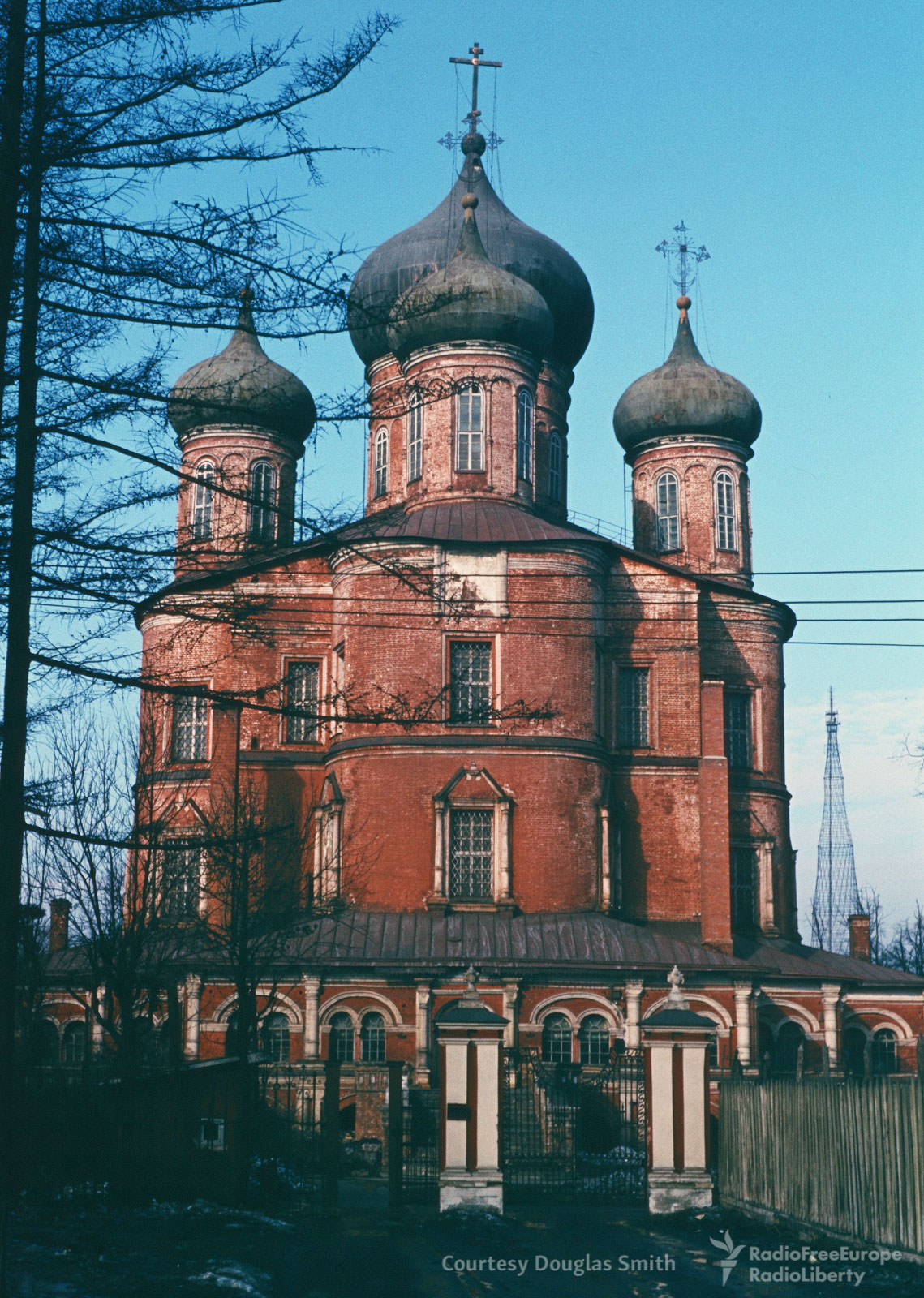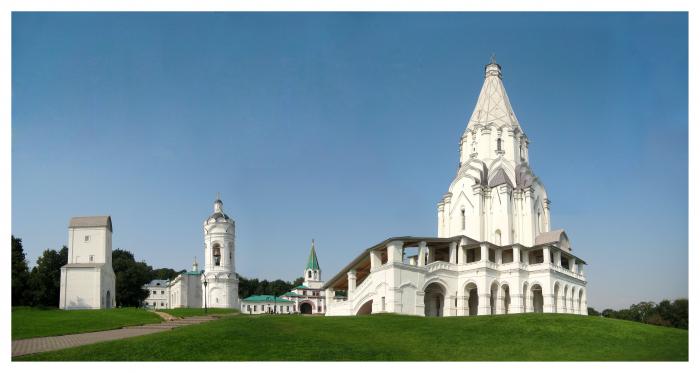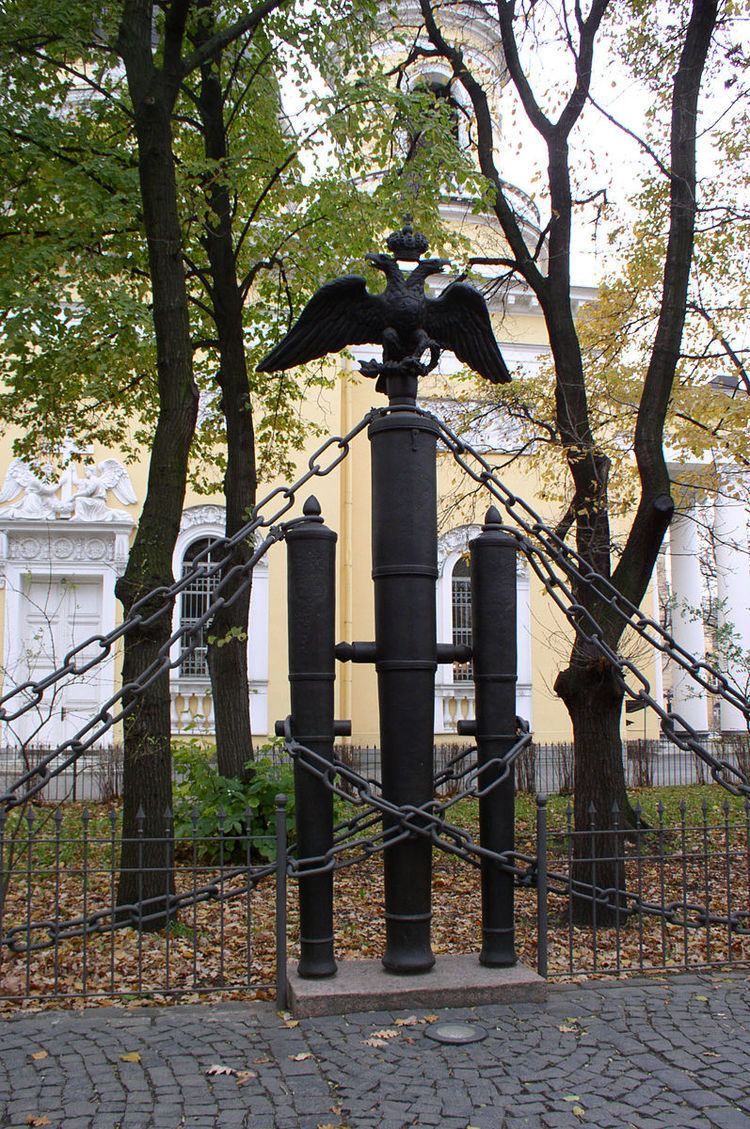St. Andronicus Monastery
Russian Orthodox
4.8 (1725 reviews)
Founded in 1357
St. Andronicus Monastery (Spaso-Andronikov Monastery) is one of the oldest monasteries in Moscow. Founded in 1357 by Metropolitan Alexius, it is dedicated to the Holy Saviour. It features the oldest surviving building in Moscow, the Savior Cathedral.
About
St. Andronicus Monastery (Spaso-Andronikov Monastery) is one of the oldest monasteries in Moscow. Founded in 1357 by Metropolitan Alexius, it is dedicated to the Holy Saviour. It features the oldest surviving building in Moscow, the Savior Cathedral.
History
Founded in the 14th century, it has played a significant role in Russian history, serving as a center of spirituality and culture. It was closed during the Soviet era and later restored.
Founded
1357
Denomination
Russian Orthodox
Architectural Style
Early Moscow Architecture
Historical Status
Cultural Heritage Site of the Russian Federation
Contact Information
Community Outreach
Senior Programs
[]
Facilities & Amenities
Accessibility
Wheelchair Accessibility
No
Hearing Assistance
No
Amenities
Restrooms
Yes
Cafe/Bookstore
Yes
Children Area/Nursery
No
Transportation
Parking
No
Public Transport
Yes
Visitor Guidelines
Photography
Yes
Dress Code
Yes
Entry Fee
Yes
Visitor Information
Best Visiting Times
Morning, Weekdays
Tourist Friendly
Limited
Mobile App Support
Not available
Pilgrimage Information
Yes
Reviews & Ratings
4.8
Based on 1.73k reviews
No reviews yet
Blog Post
St. Andronicus Monastery: A Journey Through Time in the Heart of Moscow
Nestled in the heart of Moscow, the St. Andronicus Monastery, also known as the Spaso-Andronikov Monastery, stands as a testament to Russia's rich religious and cultural heritage. Founded in 1357, this Russian Orthodox Church is more than just a place of worship; it's a living museum, a Cultural Heritage Site of the Russian Federation, and a poignant reminder of Moscow's enduring spirit. Whether you're a history buff, a devout pilgrim, or simply a curious traveler, a visit to the St. Andronicus Monastery promises an unforgettable experience.
A Glimpse into the Past: Historical Significance
The St. Andronicus Monastery's story began in the 14th century, a time of significant political and spiritual development in Russia. Founded by Metropolitan Alexius and dedicated to the Holy Saviour, the monastery quickly rose to prominence as a center of spirituality and culture. For centuries, it played a pivotal role in the religious life of Moscow, providing solace, education, and guidance to countless individuals.
The monastery endured periods of prosperity and adversity. During the Soviet era, the monastery, like many religious institutions, was closed. Fortunately, it was later restored, allowing visitors today to appreciate its historical grandeur and spiritual ambiance. Its enduring presence throughout the centuries speaks volumes about its importance to the Russian people. This journey through time reinforces why St. Andronicus Monastery is a key landmark.
Architectural Marvel: Early Moscow Architecture
The St. Andronicus Monastery is a prime example of Early Moscow Architecture. The complex includes a collection of buildings showcasing the evolution of Russian architectural styles over the centuries. The Savior Cathedral, the oldest surviving building in Moscow, is a highlight, showcasing a blend of simplicity and grandeur characteristic of early Russian religious structures.
Key architectural features to observe include:
- White Stone Construction: The use of white stone, a common building material in early Moscow, lends the buildings a sense of purity and strength.
- Onion Domes: The iconic onion domes, symbolic of Russian Orthodox churches, add a distinctive touch to the monastery's skyline.
- Bell Tower: The towering bell tower offers panoramic views of the surrounding city and serves as a striking visual focal point.
While you won't find stained-glass windows or an organ inside, the simple and strong elegance is part of the beauty.
Treasures Within: Notable Features
One of the monastery's most celebrated treasures lies within the Savior Cathedral – fragments of frescoes by Andrei Rublev. Rublev, considered one of Russia's greatest icon painters, contributed to the decoration of the cathedral, and although only fragments remain, they offer a rare glimpse into his artistic genius. His art has cemented the monastery's place as a must-see cultural spot and increased St. Andronicus Monastery's religious and artistic significance.
Another highlight is the bell tower. A climb to the top rewards visitors with spectacular views of Moscow, adding another layer to the overall experience.
Planning Your Visit: Tourist Information
The St. Andronicus Monastery welcomes tourists and pilgrims alike. Here's some essential information to help you plan your visit:
- Address: Andron'yevskaya Ploshchad', 10, Moskva, Russia, 105120
- Accessibility: Limited wheelchair accessibility. Be aware of steps and uneven surfaces.
- Entry Fee: Yes, there is an entry fee to access the monastery grounds and museum.
- Photography: Photography is allowed, but be mindful of restrictions within religious spaces.
- Dress Code: A dress code is required. Dress modestly, covering shoulders and knees. Women may be asked to cover their heads.
- Tourist Friendly: Yes!
- Facilities: Museum, Church, Bell Tower, Cafe/Bookstore, Restrooms.
- Services: Divine Liturgy, Vespers, Confession
Practical Tips for Visitors
- Dress modestly to show respect for the sacred nature of the site.
- Be respectful during services. Avoid loud conversations or disruptive behavior.
- Best visiting times: Morning and Weekdays tend to be less crowded.
- The monastery is a popular pilgrimage site, so expect to see many devout worshippers.
Important Details
- Service Schedule: Unfortunately, information on the service schedule is unavailable, but you can usually find Divine Liturgy and Vespers daily.
- Live Streaming Available: No
- Confession Available: Yes
- Choir Music Type: Russian Orthodox Chant
- Languages Spoken: Russian
- Parking Available: No
- Public Transport Nearby: Yes
- Children Area Nursery: No
- Hearing Assistance: No
- Website Available: No
- Social Media Presence: No
- Newsletter Signup: No
- Mobile App Support: No
Religious Significance and Services
As a functioning Russian Orthodox Church, the St. Andronicus Monastery continues to hold religious services. The Divine Liturgy and Vespers are celebrated, offering visitors a chance to experience the traditions of the Russian Orthodox faith. Confession is available, providing spiritual guidance to those seeking it. The ethereal sounds of Russian Orthodox Chant fill the air, adding to the atmosphere of reverence.
Though there is no information on mass times for weekday and weekend, the St. Andronicus Monastery is open for services.
Immerse Yourself in Culture: Services and Facilities
Beyond its religious significance, the St. Andronicus Monastery is a cultural hub. Visitors can explore the museum, which houses a collection of religious artifacts and historical exhibits. The cafe and bookstore provide a place to relax and purchase souvenirs or religious items. The monastery also has restrooms for visitors. The museum, church, and gift shop provide many ways to enjoy and engage with the location.
Beyond the Monastery: Local Attractions
The St. Andronicus Monastery is conveniently located near other major attractions in Moscow:
- Kremlin: The historic heart of Moscow, home to cathedrals, palaces, and government buildings.
- Red Square: Moscow's iconic central square, surrounded by landmarks like St. Basil's Cathedral and the GUM department store.
Getting There: Travel Information
The monastery is easily accessible by public transport. Numerous bus and metro lines serve the area.
The St. Andronicus Monastery is a historical landmark, spiritual sanctuary, and cultural treasure. Its enduring legacy makes it a must-see destination for anyone visiting Moscow. Experience the grandeur of Early Moscow Architecture, discover fragments of Andrei Rublev's artistry, and immerse yourself in the rich history and spiritual atmosphere of this remarkable Russian Orthodox Church. Whether you're interested in the historical Spaso-Andronikov Monastery, or simply looking for a peaceful retreat, a visit to St. Andronicus will not disappoint.
Other Russian Orthodox Nearby

Donskoy Monastery
Ulitsa Donskaya, 1-3, Moskva, Russia, 115419
4.8

Church of the Ascension
prospekt Andropova, д. 39, стр. 1, Moskva, Russia, 115487
4.9

Khram Arkhistratiga Mikhaila V Tropareve
пр. Вернадского, 90 строение 1, Moskva, Russia, 119571
4.8

Sobor Vladimirskoy Ikony Bozhiyey Materi
Vladimirskiy Prospekt, 20, Sankt-Peterburg, Russia, 191025
4.8

Transfiguration Cathedral
Preobrazhenskaya Square, 1, Sankt-Peterburg, Russia, 191028
4.8

Chasovnya Svyatoy Blazhennoy Ksenii Peterburgskoy
Kamskaya Ulitsa, 24, Sankt-Peterburg, Russia, 199178
4.9